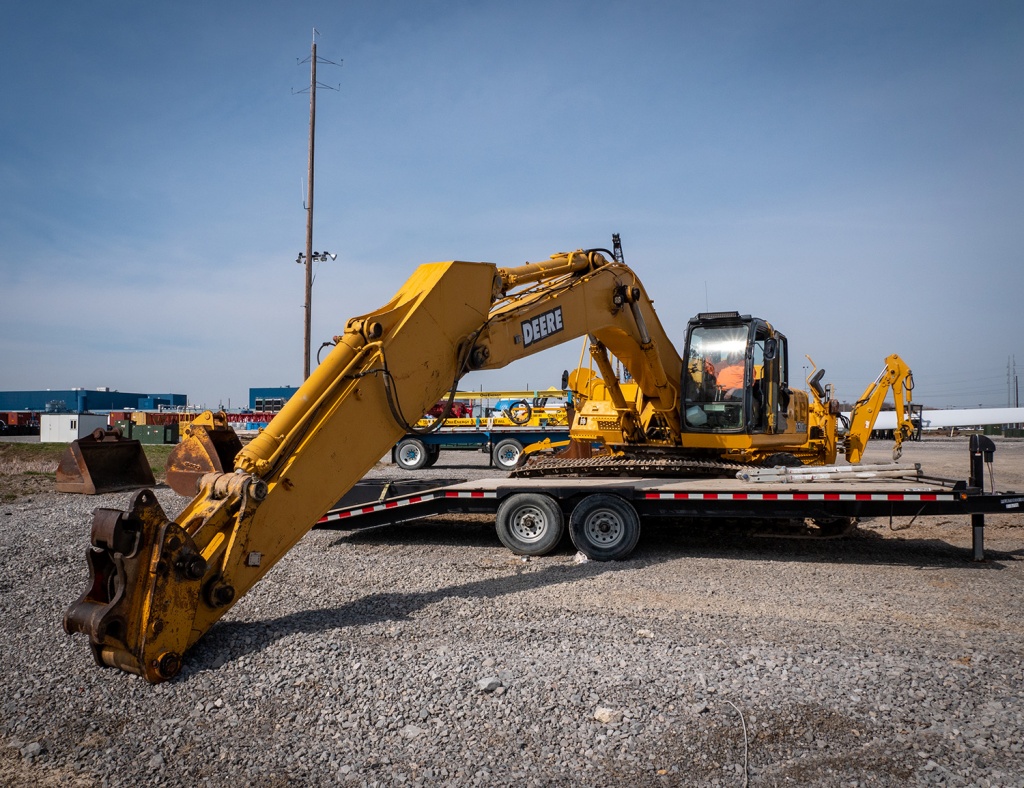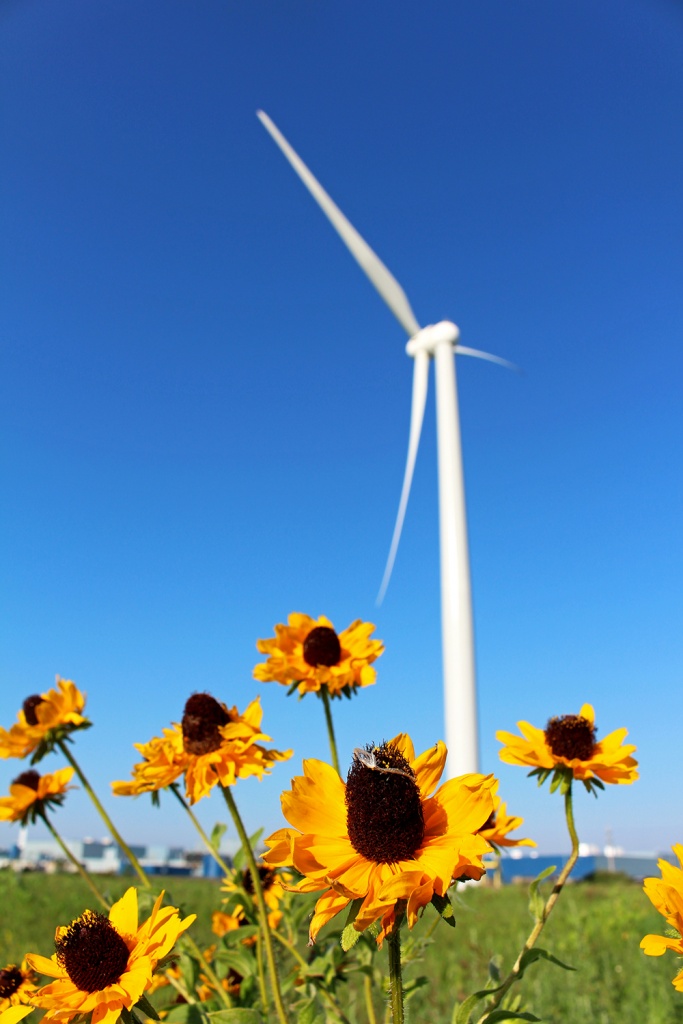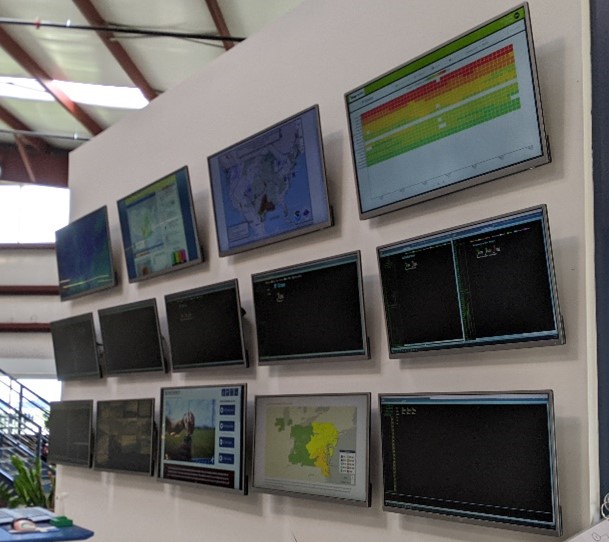Harry S. Truman once said, “Men make history and not the other way around. In periods where there is no leadership, society stands still. Progress occurs when courageous, skillful leaders seize the opportunity to change things for the better.” Ignoring his gender-specific opening, the statement is otherwise right on target. Someone has to take up the charge and mobilize the people and resources to implement change, and we identify those who are successful in doing so as leaders.
Dictionary.com defines “leadership” as “the position or function of a leader, a person who guides or directs a group.” Synonyms for leadership commonly include administration, management, directorship, control, and governorship. I don’t really think any of these words come close. There is much about leadership that is an art – intangible, elusive, and difficult to describe with other words, even though we all seem to have a pretty good gut understanding of what leadership is.
I think for many people, the word “leader” brings to mind images of important historical and political figures who were at the top of government or at the forefront of a movement. As the last century has seen businesses grow to such a scale that they exceed the size of small countries, and as we have witnessed business leaders gain massive amounts of media attention and often celebrity status, the concept of leadership outside of governmental and historical contexts is now commonly accepted. When we describe children and young adults as having “leadership potential,” we are just as likely to follow that with “You could be President someday” as we are with “You could be CEO someday.”
But the reality of leadership is that it occurs at every scale, in every setting, in every place, in every way. Leadership is as much about the microcosm as it is about the macrocosm. It isn’t just about running a country or a company, it’s about guiding or directing a group… any group. It can be leadership within the community, a school, a volunteer organization, or even within a family.
Most importantly, positions of leadership don’t have to be achieved by election, promotion, or a long, grueling “climb to the top.” Leadership opportunities are often there for the taking. I once attended a committee meeting just to see what it was about, and I ended up leaving as Treasurer/Secretary and chairing that committee for the next eleven years! When you see a problem that needs to be solved and you step up to make that happen, that’s leadership. It’s taking initiative, embracing ownership, and getting others involved. Great leadership is about being able to mobilize others towards the common goal of solving that problem, and that is far more all-encompassing than is conveyed by the synonyms of managing, directing, or controlling.
One of my favorite quotations, attributed to Margaret Mead, is “Never doubt that a small group of thoughtful, committed citizens can change the world. Indeed, it is the only thing that ever has.” If you want to be a leader, look around. Our world is full of problems that need to be addressed. Your opportunity to bring together that group of thoughtful, committed citizens is right there. Have the courage to seize the opportunity to change things for the better. The world – both our global world and your individual microcosm – needs leadership, and the opportunities are everywhere.
Anne Bain is the Head of Accounting at One Energy.
Learn more about Anne and the One Energy team.



































